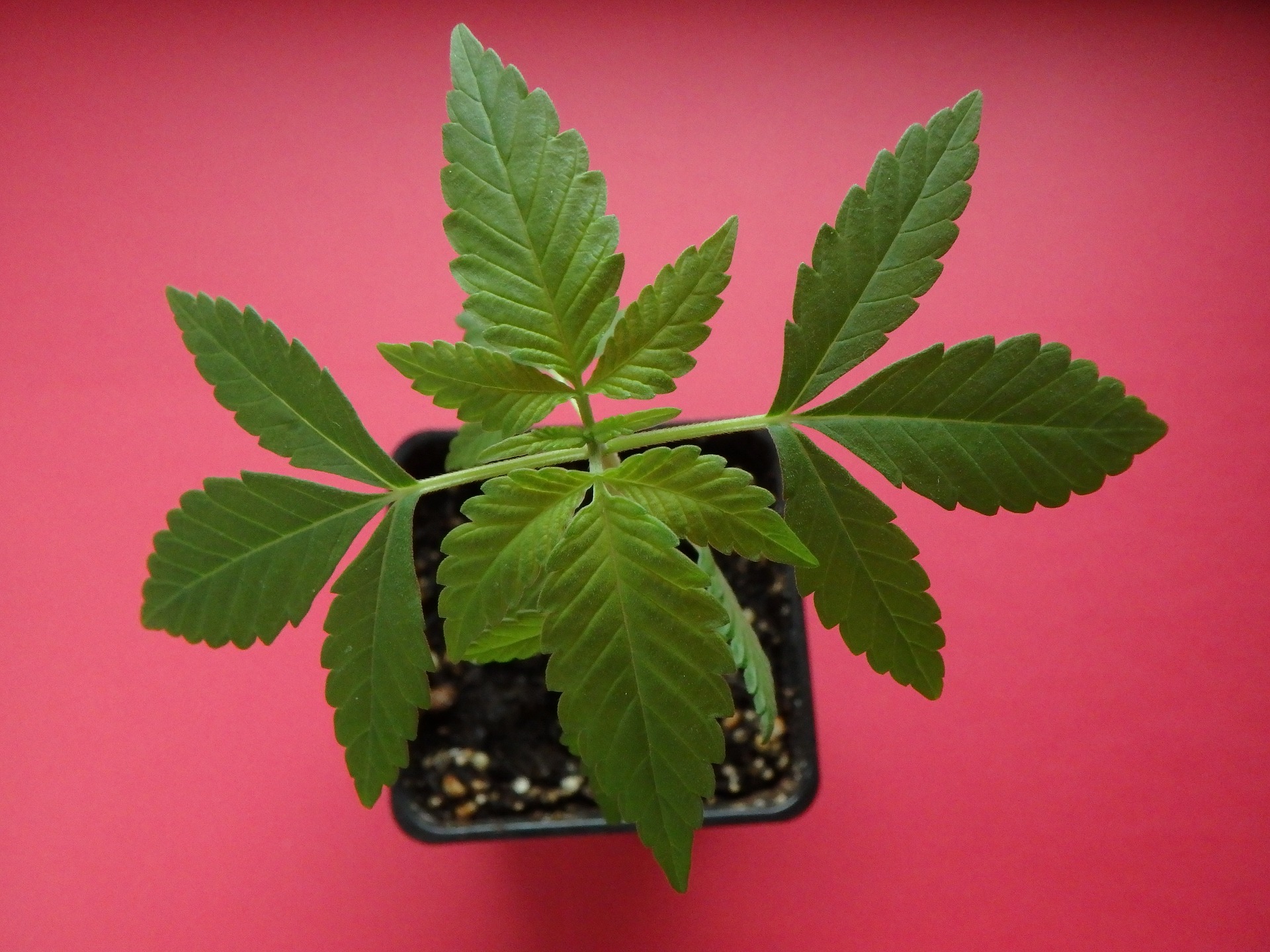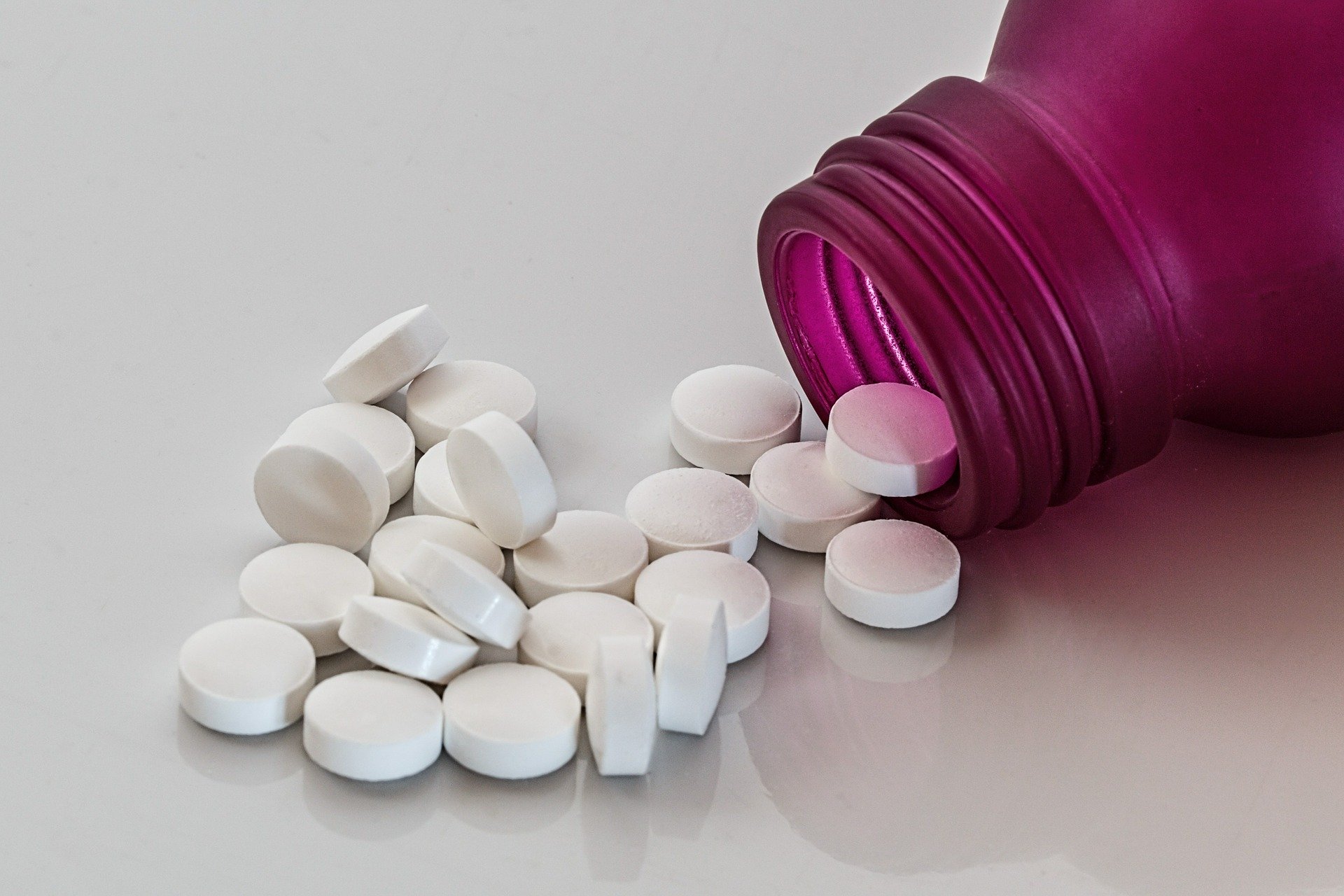How Long Different Types of Drug Tests Detect Common Drugs
Recreational marijuana seems to make monthly headlines, though the opioid crisis does too. Caught in the middle of these conflicting drug views, some American employers are debating whether or not to drug test employees. However, with drug use among American employees standing at 4.4%, most employers are inclined to take action against workforce drug use.
One key factor in determining if/when to drug test employees is the length of time common drugs remain detectable in the body. How long a drug stays in the system depends on several factors like the type of drug used, the frequency of use, body mass, gender, drug tolerance, and hydration levels.
How long the drug can be detected also depends on which of the different types of drug tests is utilized. Urine testing is the most common (and cost-effective) method for detecting drugs in an employee’s system. However, employers have some flexibility in choosing their drug testing gold standard, especially when it comes to the types of drugs they may be looking for.
How Long Drugs are Detectable by Different Types of Drug Tests
Especially when required to conduct post-accident testing, employers may need to know how long different types of drug tests can determine the presence of illegal substances.
How Long Marijuana Stays in the System
With growing legalization, some American employers may choose to remove marijuana from their drug testing policies or decide pre-employment drug tests aren’t worth the hassle. Others are bound by drug-testing policies like state regulations or DOT compliance standards and are required to drug test employees.
While first-time users are less likely to store traceable amounts of tetrahydrocannabinol (THC), the timeframe for detecting marijuana depends on the type of test used.
- Urine test: up to 30 days
- Hair test: up to 90 days
- Blood test: up to 4 hours
- Saliva test: up to 72 hours

How Long Opioids Stay in the System
With the misuse of heroin and prescription opioids (like fentanyl, oxycodone, hydrocodone, codeine, and morphine), affecting 2 million Americans each year, many employers are including opioids in their comprehensive drug-testing protocol. In fact, one study found that 80% of employers are concerned about opioid use and 30% have restrictions for opioid use in place.
The detection timeframes listed here are for morphine and heroin, though the timelines are similar for codeine, fentanyl, hydrocodone, methadone, and oxycodone. One significant difference between morphine and other opioids is that blood and saliva detection often drops to within a few hours.
Morphine
- Urine test: up to 3 days
- Hair test: up to 90 days
- Blood test: up to 3 days
- Saliva test: up to 3 days
Heroin
- Urine test: up to 3 days
- Hair test: up to 90 days
- Blood test: up to 6 hours
- Saliva test: up to 1 hour
How Long Stimulants Stay in the System
About 16 million American adults are prescribed stimulants to treat ADHD and narcolepsy. However, many misuse prescription medications or illicit drugs like cocaine, methamphetamine, and ecstasy, which is chemically similar to a stimulant and hallucinogen.
Cocaine
- Urine test: up to 3 days
- Hair test: up to 90 days
- Blood test: up to 24 hours
- Saliva test: up to 2 days
Meth
- Urine test: up to 1 week
- Hair test: up to 90 days
- Blood test: up to 3 days
- Saliva test: up to 4 days
Adderall
- Urine test: up to 72 hours
- Hair test: up to 90 days
- Blood test: up to 46 hours
- Saliva test: up to 50 days
Ecstasy
- Urine test: up to 4 days
- Hair test: up to 90 days
- Blood test: up to 2 days
- Saliva test: up to 2 days

How Long Benzodiazepine Drugs Stay in the System
Benzodiazepines (“benzos”) are a commonly prescribed sedative for anxiety and insomnia. These prescription drugs like Valium, Xanax, and Klonopin are increasingly abused by people between the ages of 50 and 64.
Valium
- Urine test: up to 6 weeks
- Hair test: up to 90 days
- Blood test: up to 48 hours
- Saliva test: up to 10 days
Xanax
- Urine test: up to 4 days
- Hair test: up to 90 days
- Blood test: up to 24 hours
- Saliva test: up to 2 days
How Long Hallucinogens Stay in the System
Hallucinogens are a class of illicit drugs that can cause people to see or hear things that aren’t there. They are classified into two categories: dissociative drugs (like PCP) and classic hallucinogens (like LSD). Of note, hallucinogens like PCP and Ketamine are man-made chemicals, while others like Psilocybin (often called “magic mushrooms” or “shrooms”) are plants.
LSD (Acid)
- Urine test: up to 4 days
- Hair test: up to 90 days
- Blood test: up to 12 hours
PCP
- Urine test: up to 4 weeks
- Hair test: up to 90 days
- Blood test: up to 24 hours
- Saliva test: up to 10 days
Psilocybin (Magic Mushrooms/Shrooms)
- Urine test: up to 24 hours
- Hair test: up to 90 days
- Blood test: up to 24 hours
How Long Alcohol Stays in the System
Although alcohol is legal for Americans over 21, the central nervous system depressant is prohibited by most workplace drug policies. Having been shown to cause 11% of workplace fatalities, it is included in most post-accident drug testing procedures.
- Urine test: up to 48 hours
- Hair test: up to 90 days
- Saliva test: up to 3 days
While drug and alcohol testing information may seem overwhelming, the best defense against a sticky situation is to establish a comprehensive drug protocol before the fact. If you need a hand in navigating all the different types of drug tests, give us a call. We’re here to establish, manage, and administer all your drug testing needs!